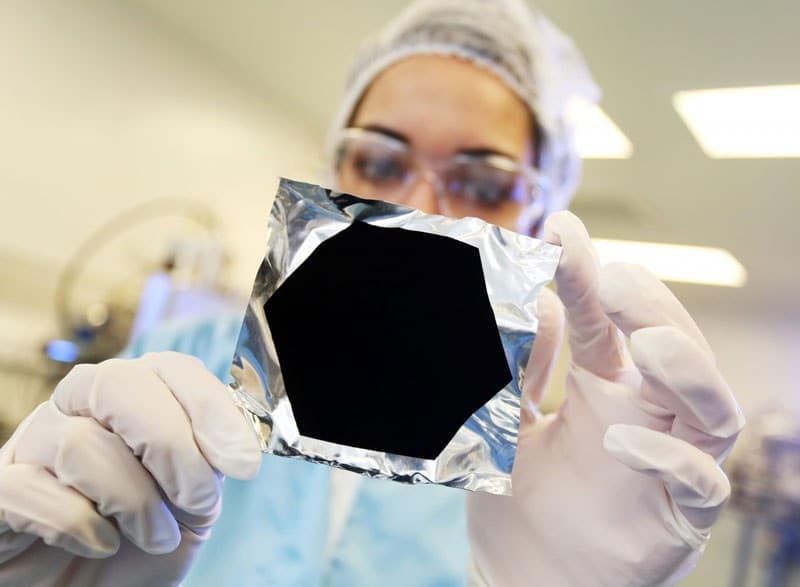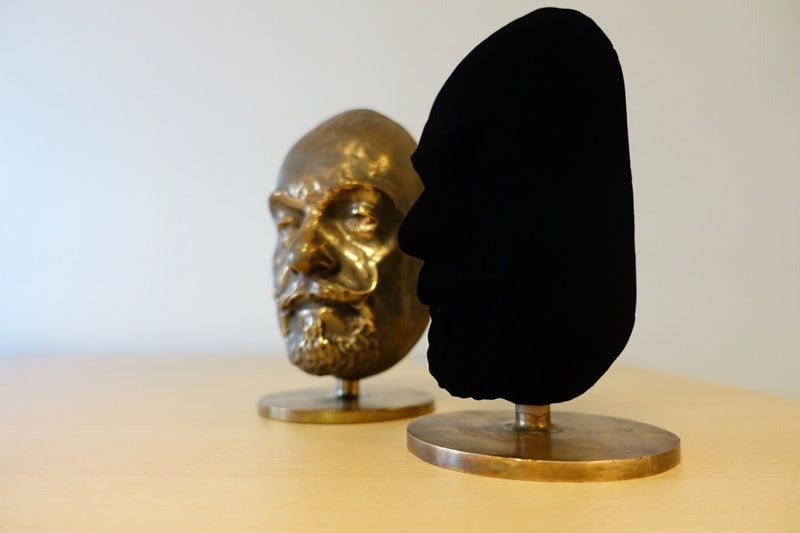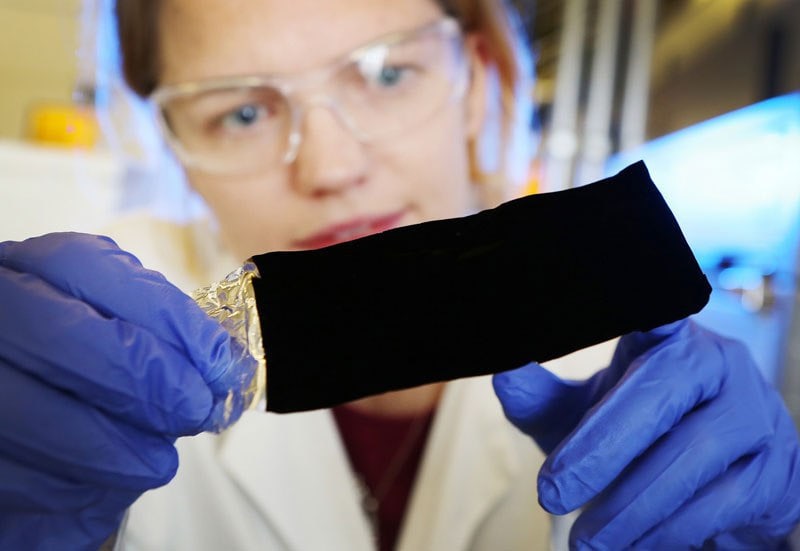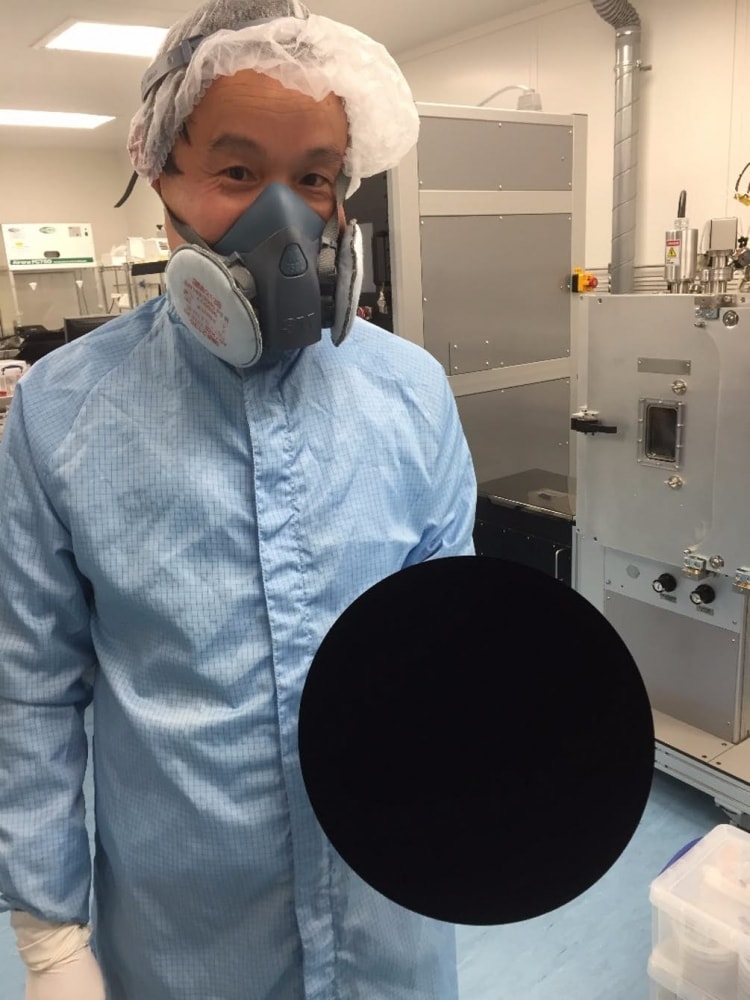In 2014, Surrey NanoSystems, a pioneering nanotechnology company based in the United Kingdom, unveiled a groundbreaking material known as Vantablack. Dubbed the “world’s blackest black,” Vantablack has since garnered widespread attention for its unique properties and potential applications.
Vantablack’s composition is what sets it apart. It consists of a complex network of carbon nanotubes, each measuring just one atom in thickness. These nanotubes are “grown” on a substrate using a sophisticated process called modified chemical vapor deposition.
When light strikes the surface of Vantablack, it doesn’t reflect off as it would with ordinary materials. Instead, the light enters the spaces between the nanotubes and is continually bounced around within this dense forest of tubes. As the light zigzags between the tubes, it is eventually absorbed and converted into heat.
This material’s capacity to absorb light is extraordinary, trapping a staggering 99.96% of the light that hits its surface. This near-total absorption of light gives Vantablack its distinct appearance – objects coated in it appear to lose their three-dimensional structure, resembling voids or silhouettes.
More recently, Surrey NanoSystems announced an even more advanced version, Vantablack 2.0, claiming it to be even darker than the original. During testing, the company’s spectrometers were unable to measure its light absorption, highlighting its exceptional blackness.
Vantablack

The application of Vantablack to any object yields remarkable results. It can make three-dimensional objects appear flat, as their details and contours become invisible to the naked eye. This effect has sparked immense interest in various fields, from art to aerospace.
Vantablack’s journey into the public eye wasn’t without controversy, particularly in the art world. British artist Anish Kapoor secured exclusive rights to use Vantablack in his art, assisting Surrey NanoSystems in exploring new applications for the material.
This exclusivity deal led to a significant uproar in the artistic community. Many artists argued that Vantablack, as a breakthrough material, should be accessible for all to use creatively, not monopolized by a single artist.
Despite the controversy, Vantablack continues to captivate imaginations across various industries.
Its potential uses extend beyond art, with applications in space technology, where its light-absorbing properties could improve the performance of sensitive optical equipment, and in stealth technology, where its ability to absorb nearly all light could render objects virtually invisible.



Vantablack paint on a basketball


Vantablack Car

You can keep up-to-date with Vantablack over at Surrey NanoSystems. Be sure to give this a share on Facebook before you go, and let us know what you think in the comment section below.
Photos via Surrey NanoSystems
- Share On Facebook
- Like
- Digg
- Del
- VKontakte
- Flattr
- Buffer
- Love This
- Odnoklassniki
- Meneame
- Blogger
- Amazon
- Yahoo Mail
- Gmail
- AOL
- Newsvine
- HackerNews
- Evernote
- MySpace
- Mail.ru
- Viadeo
- Line
- Comments
- Yummly
- SMS
- Viber
- Telegram
- Subscribe
- Skype
- Facebook Messenger
- Kakao
- LiveJournal
- Yammer
- Edgar
- Fintel
- Mix
- Instapaper
- Copy Link
